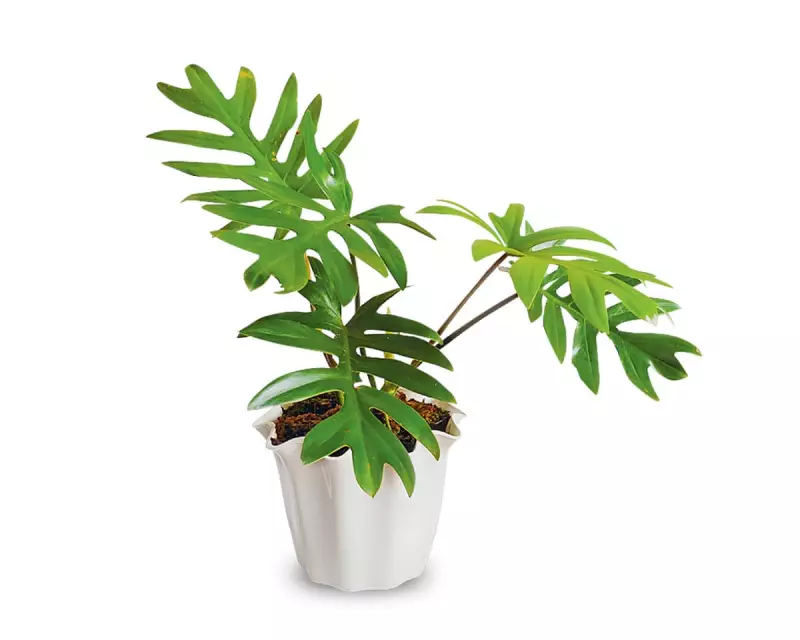
If you’ve noticed strange, knob-like growths appearing on your beloved philodendron, don’t panic—your plant isn’t under attack. These peculiar formations are actually aerial roots, a natural part of the plant’s growth cycle.
What Are Aerial Roots?
Aerial roots are specialised structures that help philodendrons climb and absorb moisture and nutrients from the air. In their natural habitat, these roots anchor the plant to trees or other supports, allowing it to reach sunlight in dense rainforests.
Why Does My Philodendron Have Them?
Indoor philodendrons often develop aerial roots as a response to their environment. Factors like high humidity, low light, or even the plant’s maturity can trigger their growth. While they might look unusual, they’re completely harmless and even beneficial.
Should I Remove Them?
Experts advise against cutting aerial roots unless they’re causing practical problems, such as damaging walls or furniture. If you’d prefer a tidier appearance, you can gently tuck them back into the soil or guide them onto a moss pole.
How to Care for a Philodendron with Aerial Roots
- Maintain humidity: Mist the roots occasionally or use a humidifier.
- Provide support: Offer a moss pole or trellis for climbing.
- Monitor watering: Ensure the soil stays moist but not waterlogged.
With the right care, your philodendron will thrive, aerial roots and all. These unique features are a sign of a healthy, adaptable plant—so embrace the jungle vibes!





